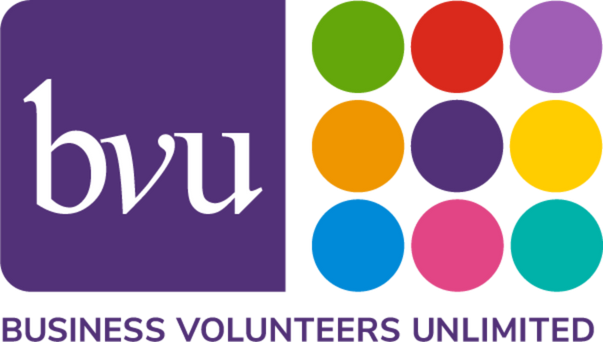In BVU’s pulse survey, 76% of nonprofit leaders in Northeast Ohio describe their boards as effective. While 76% is a solid score, it’s average — a “C” grade. Yet many nonprofits still call BVU looking for ways to improve board engagement. Times are changing. So, is it time to rethink what board engagement really means?
Imagine the ideal board for your nonprofit right now. It’s not just a group of people sitting in meetings (whether in person or remote) nodding in agreement while checking their phones. Instead, it’s a dynamic, engaged group of individuals who are genuinely excited about the work of the orgnaizaiton, eager to discuss important issues, and contribute meaningfully.
Engaged board members are passionate about the mission. They make personally significant donations each year and feel comfortable asking others to give. When they gather, there’s lively discussion. They know each other well because they work closely on committees and attend events together. They respond to your emails, prepare for meetings, and aren’t afraid to share divergent ideas. They’re enthusiastic ambassadors, tireless advocates, and people you’d want by your side in challenging times.
Tips for Strengthening Nonprofit Board Engagement
Build Personal Connections
The CEO should foster one-on-one relationships with every board member. Meet annually (over coffee, lunch, or a tour of the organization) to discuss challenges and opportunities, finding new ways for each member to connect to the mission and contribute to board work.
Make Engagement Easy
-
- Ensure you have a strong chairperson who knows how to spark meaningful discussions at meetings.
- Provide clear, concise, and relevant materials well in advance.
- Offer hybrid meeting options: consider having three in-person meetings per year (with a call-in option) and one fully remote.
- Create a board directory with photos, professional affiliations, and contact information.
- Use name tents with large fonts for each meeting to ensure familiarity
Foster Board Ownership
A strong Governance Committee (or Board Development Committee) should focus on recruiting members with the right experience and perspectives, providing thorough orientations and ongoing training, and cultivating future board leaders.
Ensure Meetings Are Valuable
-
- Develop strong agendas that allow time for discussions, and even include discussion prompts.
- Reassess meeting frequency and timing — how often does your board really need to meet? First, identify and fulfill any legal or fiduciary requirements at the appropriate points in the year. Then, consider reducing unnecessary meetings and use staff and volunteer time wisely. For most boards, quarterly or bi-monthly meetings, with committees convening as needed, is the norm.
Celebrate Engagement
Acknowledge and celebrate progress and the contributions of engaged board members
